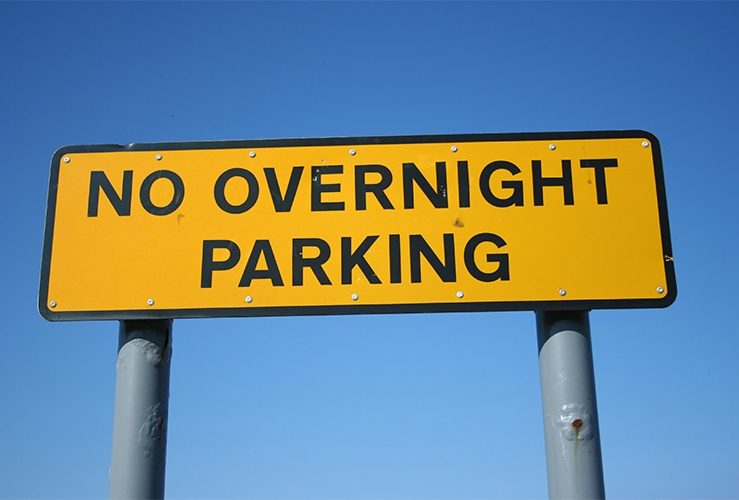Once seen as a symbol of the free spirit, vanlife has recently been on the receiving end of quite a bit of backlash. Why is that, you might ask? In essence, it’s the clash of lifestyles and values between the transient vanlifers and the permanent residents of local communities.
One of the most common complaints from local residents centres around the issue of noise and disruption. Vanlifers, often on holiday or pursuing an alternative lifestyle, might not adhere to the same patterns of daily life as a typical local resident. They may return late at night or depart in the early morning, causing disturbances to those who are settled in for the night or still asleep.
Another concern is the impact on local services and amenities. A surge of vanlifers can place an unexpected strain on local resources, from public toilets and waste facilities to parking spaces and local shops. This is particularly problematic in smaller, rural communities where services are already limited.
Residential areas are not designed for, nor equipped to handle, this transient lifestyle. This includes waste management, as many vans don’t come with built-in toilets or shower facilities. While some vanlifers are responsible and considerate, the few who aren’t can leave a lasting negative impact, causing locals to tar all vanlifers with the same brush.
Moreover, there’s the question of fairness. Local residents pay council taxes which contribute to the upkeep of local amenities. Seeing vanlifers, who are effectively using these resources for free, can ruffle feathers.
Councils, too, have their reservations about the vanlife trend. The sudden influx of vans parked overnight can be a cause of concern. It’s not just about the aesthetics, but also about safety and regulation.
One of the primary reasons for councils erecting ‘no overnight parking’ signs and high barriers is to manage public spaces effectively. These measures help prevent overcrowding in parking spaces, keep the area tidy, and ensure emergency services can access areas without obstruction.
Another important reason is related to tourism. While vanlifers contribute to local economies, unregulated van dwelling can discourage other types of tourists. People may be less likely to visit areas with overcrowded car parks or where they perceive a lack of safety or cleanliness.
Furthermore, councils are responsible for the general wellbeing of their communities. If a significant number of local residents express discomfort or annoyance at the presence of vanlifers, it is within the council’s remit to address these concerns.
However, it’s essential to note that not all vanlifers are irresponsible, and not all communities are unwelcoming. Many vanlifers are respectful of local communities and the environment, and some communities embrace the diversity and economic benefits these visitors bring. It’s about finding a balance where everyone feels respected and comfortable.
To conclude, while vanlife may symbolise freedom and a break from conventional living, it also brings challenges to local communities and councils. Noise, disruption, strain on local resources, and fairness are all reasons why vanlife might not be welcomed with open arms. From the council’s perspective, effective management of public spaces, tourism considerations, and responding to local residents’ concerns are key factors in their approach to vanlife.
Understanding these issues can help bridge the gap between vanlifers and the communities they visit, paving the way for a more harmonious relationship in the future.
